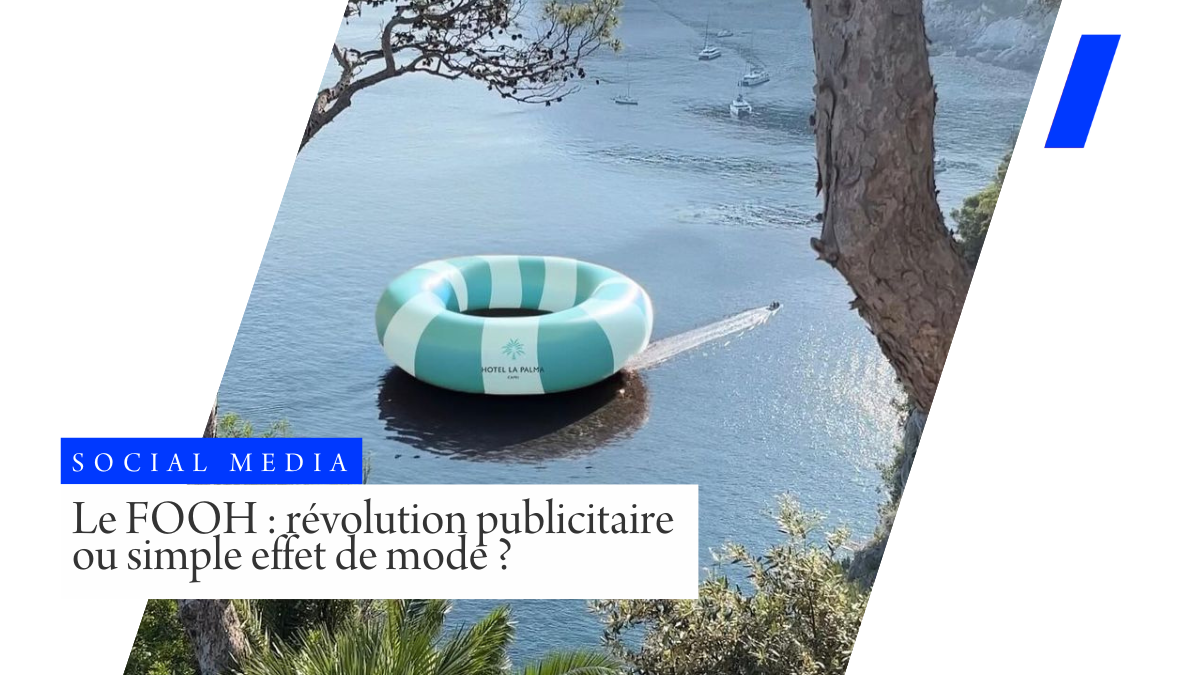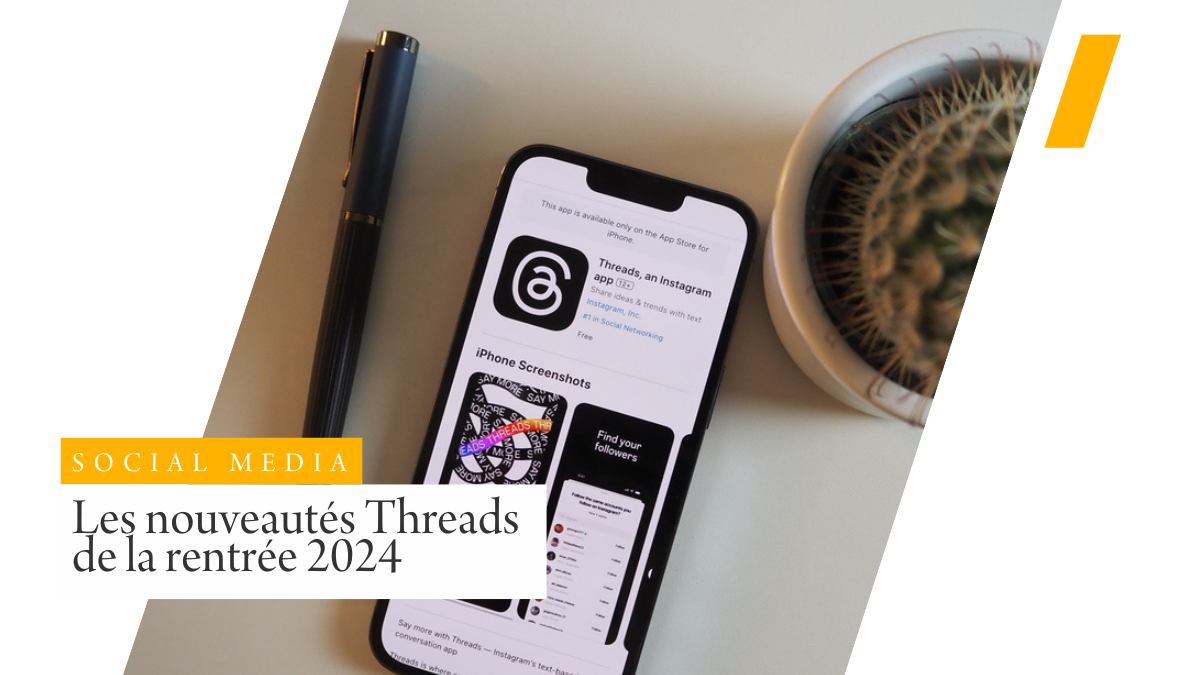Do you work in the tourism sector and need to create travel fact sheets for your own or your company’s website?
Unfortunately, you don’t manage to get the visibility you want from these files… so you’d like to improve their natural referencing.
And you’re right!
Once you’ve used website creation software to create an online presence, it’s only natural to want to optimize your SEO and boost your visibility!
Here are a few tips to help you produce travel product sheets optimized for Google referencing!
Optimize the technical elements of your file
To ensure a well-referenced travel product sheet, you need to review its structure.
Fill in the Hn tags
Start by filling in the Hn tags.
The H1 tag must be filled in with the title of your form, which is not the same as the title of your page.
Also add H2 tags, which are the subheadings contained in your listing.
They’re important because they structure your content.
A good structure is a guarantee of good organization, and proves to Google and Internet users the relevance of your content.
Always include keywords in your Hn tags.
These tags carry weight, so it’s a good idea toidentify your keywords and try to position yourself on them.
This way, your listing will have a better chance of appearing in Google search results when the keywords in question are included in an Internet user’s query.
Work on your listing URL
The URL of your listing needs to be reworked.
Make sure it contains your content keywords and is not too long.
It should be:
- explicit
- simplified
- shortened
Don’t forget your meta description
The last technical element we’ll discuss is your page’s meta description.
It’s important to fill it in with key terms and expressions.
You need to use it not only to position yourself in the SERPs, but also to encourage visitors to click on your link among all the other links appearing in the search results.

Optimize the content of your form
The second most important optimization to guarantee your listing’s success is the quality of its content.
Provide your visitors with all the information they need
When we talk about quality, we ‘re talking about usefulness.
Your listing must be complete.
It must contain all the information your visitors are likely to find useful.
It’s also important to be detailed.
By providing as much detail as possible, you create a denser written content.
It’s important to remember that the size of content on the Web matters.
The longer the content, the more relevant Google considers it to be.
But don’t put quantity before quality… there’s no point in appearing on the first page of Google search results if the quality of your content is driving your visitors away.
Play on the visual experience you offer your visitors
To boost the visibility of your listing, you can also rely on visuals.
Add beautiful images or videos to illustrate your text.
Don’t forget to include alt tags for your images.
You can also add captions, which will only be beneficial.
Remember, however, that visual elements do not replace written content, but rather accompany it.
Also, keep in mind the loading speed of your pages. If you add too many heavy images, your site’s loading speed will drop, and your visitors won’t appreciate waiting too long.
You need light, high-quality images!
Update the content of your file regularly
One of the rules of good SEO is to update your content as regularly as possible.
Of course, you can’t go back to your travel files and add new information every week.
So we suggest you add a section dedicated to the opinions and comments of Internet users.
More and more, Internet users like to read the different opinions about a product or service.
Sometimes, these opinions even help them in their decision-making.
But that’s not all: by commenting, your visitors update your content without even knowing it.
All good stuff!
Add links to your content
On the Internet, quoting and being quoted allows you to present yourself as an expert and a reference in a field.
Take advantage of this and include a few links in your profile.
Place external links
Start by placing external links, i.e. links pointing to sites other than your own.
Do this as if to provide your visitors with additional information.
Give preference to quality sites.
Don’t link to your neighbor’s blog, which is full of spelling mistakes.
Create an internal mesh
Next, create internal links.
What is internal linking?
It’s when you place links that redirect to other pages on your website.
You can do this by suggesting “other destinations you might be interested in…” .

Promote your content
Finally, share your content.
It sounds obvious, but many people don’t do it!
Yet how can you gain visibility if you don’t even share your content?
It’s important to share your content on social networks. After all, these platforms bring together an incredible number of Internet users, and if these users re-share your files, you’ll create a name for yourself, your content will be quoted everywhere on these social media and you’ll gain in referencing.
What could be more logical?
What’s more, you can also count on your visitors to promote your content by placing share buttons at the beginning, next to or after your entries.
A few more tips …
Since we’re concerned about your success, we’ll leave you with a few extra tips:
- Remember to keep the same structure for each of your cards
- Adopt a natural tone in your cards.
- Never copy and paste.
Your content must be your own and original. - If you don’t have the time to get down to the nitty-gritty, call in a digital communications agency specializing in tourism, like travel-insight!
All that’s left is for you to start writing your travel product sheets – or contact a digital communications agency – right now!
Article written by Rebecca Bonef
Web Editor at Orson.io








